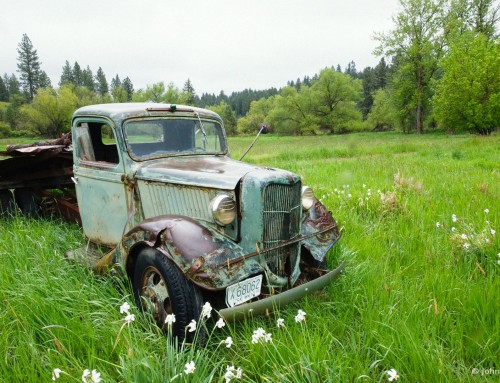Learn how the Exposure Bundle operates as a series of Photoshop plug-ins.
Watch this tutorial to get you started using the Exposure Bundle as Photoshop plug-ins. This video will guide you through how to launch and use the award-winning software in an Adobe Photoshop workflow.
You can apply evocative film styles and make detailed edits using Exposure, make tack-sharp enlargements with Blow Up, and turn your photos into handcrafted paintings with Snap Art. Quickly apply preset looks, or customize each look with the panels on the right-hand dock. By the end of the video, you’ll see how to use each powerful bundle app from within Photoshop.
We have loads of other tutorials if you’d like to learn how to get the most out of each app in the Exposure Bundle.
Photos: John Barclay
Transcript
When you run the bundle installer, it will automatically install into Photoshop.
After installation, launch Photoshop and open an image. Go to Photoshop’s Filter menu to launch any of the bundle plug-ins. When launching Exposure or Snap Art, first select the Alien Skin menu, and then select either app. When launching Blow Up, select it from the list.
Exposure
With Exposure launched, begin applying effects by selecting a preset from the presets list on the left side. Exposure’s library of carefully curated presets make quick work of editing photos. Use them to apply an accurate reproduction of a classic, modern, or vintage film, or an entirely new creative look to photos. Hover over preset thumbnails to see how they will look when applied to the selected image. Click to apply it.
Exposure’s presets are great on their own, and they are useful as starting points for custom looks. Easily make adjustments to images with the powerful editing tools in the right-hand dock. The Basic panel, for example, provides controls to adjust exposure, contrast, and saturation.
When complete, apply the effect and return to Photoshop. A new layer will be created with an edited version of the image. The opacity of this new layer can easily be changed to blend it with the original.
Our tutorial library has videos covering tons of topics in photo editing from color grading to portrait touch up, and many more. They are also a great place to learn about how to use Exposure. Visit our site and check them out.
Our tutorial list is always growing. Subscribe to our YouTube channel or sign up for our newsletter to be notified when we publish new tutorials.
For another nondestructive option, Exposure works with Photoshop’s smart layers. After applying an effect, simply double-click the smart layer to launch Exposure and adjust the look.
Snap Art
To apply natural media looks like oil paint and watercolor, launch Snap Art from Photoshop’s Filter menu, then the Alien Skin menu.
A list of natural media types appears in the Presets panel. Open the Effects Tour folder for a quick preview of each of the 11 categories. When you see an effect you like, click on the preview thumbnail to apply it to your image.
To enlarge the preview thumbnails, collapse the Editing panel and expand the presets panel. This makes it easy to scroll through large-size previews of all the different natural media looks.
Select the preview thumbnail to apply it. Refine the effect with the editing panels on the right dock. We suggest starting with the controls at the top of the panel and working your way down.
To confirm any edits and return to Photoshop, click ‘Apply’. Use Snap Art again on the original layer to experiment with a different effect. This feature can be turned off in Snap Art’s preferences.
Snap Art also works on Photoshop’s smart layers, which allow you to update effects by double-clicking the smart layer to relaunch the app and adjust the effect.
Sharp Image Resizing Using Blow Up
To access Blow Up’s image enlargement tools, select it from Photoshop’s Filter menu, or from the File → Automate menu.
To the left is the thumbnail navigator image and the User Settings panel. In the center are zooming and panning controls. On the right side are the adjustment tools. These include a button for each resizing mode: Crop & Resize, Resize, and Stretch.
Crop & Resize is especially useful because it crops your image to proportionally fill the output. It places the crop area over the most interesting part of your image. You can fine tune this location easily. Resize mode resizes your image while retaining its original proportions, without cropping or stretching. Stretch mode forces your image to fit the output size. This is best used when your output size and photo size are nearly identical.
After you’ve picked your mode, choose your document size. You can make refinements like adding grain and sharpening your image for output, which compensates for ink diffusion on paper.
Because Blow Up is intended for processing your finished images, it enlarges the size of all layers in the image. But if you’d like to have Blow Up duplicate your layers while preserving your existing layers, you can do so by selecting the Duplicate Before Resizing option in the Blow Up Preferences window.


